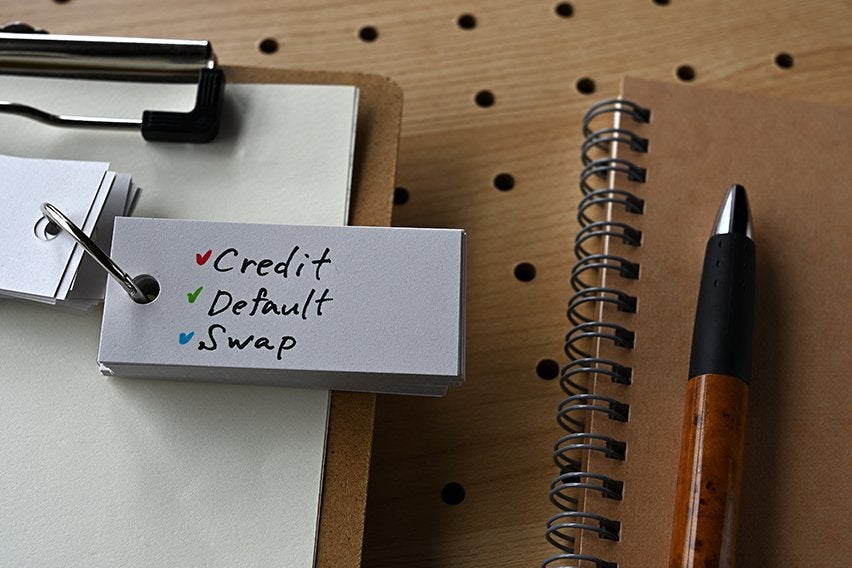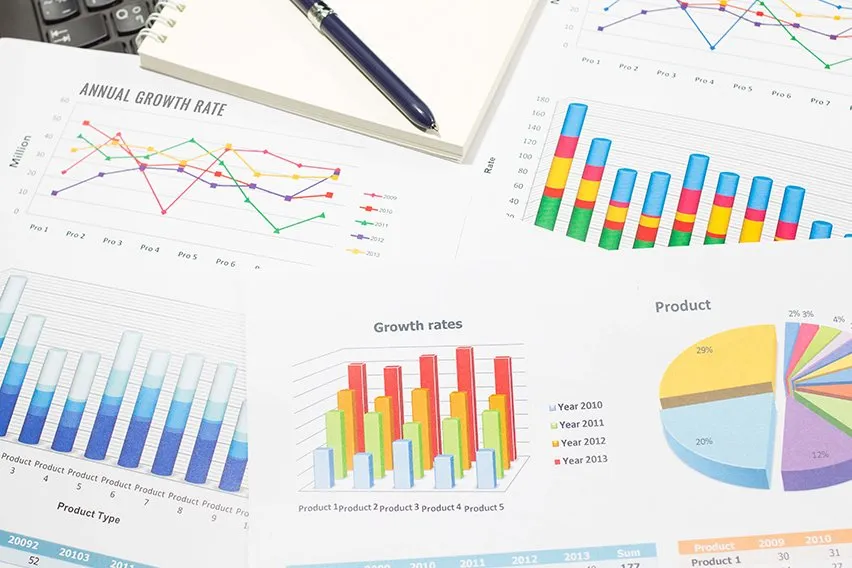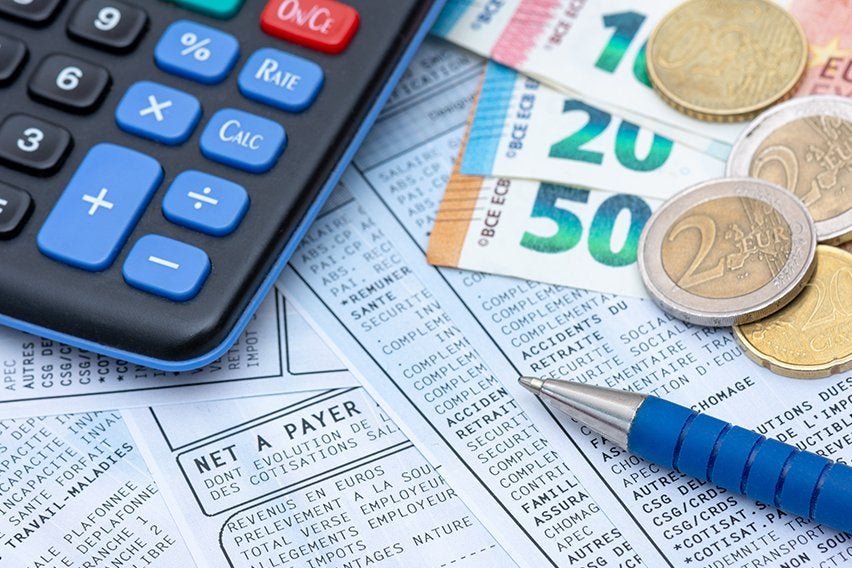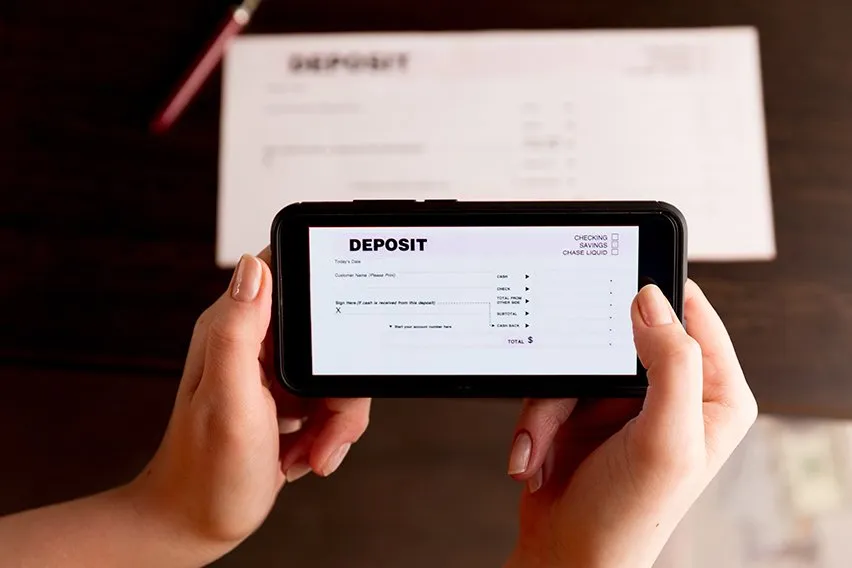Understanding Credit Default Swaps (CDS)

There are always going to be some types of risks when it comes to investing. How do you really know if you’re going to see some type of return? What happens if the market crashes and everything that you originally invested is now gone?
One of the biggest risks that come with an investment is if a bond issuer defaults on its obligations. You invested your money for a reason. So what happens if your bond issuer can’t repay your principal or pay any interest that might have been earned?
A hedge fund, for example, might have different credit exposures depending on the financial markets. A credit default swap (CDS), was kind of like an insurance policy that you could take out just in case something happened. This was usually in the case of a bond issuer defaulting on their obligations.
Credit default swaps played a huge role in the 2008 financial crisis. Leading up to it, the credit default swap market was entirely unregulated. Plus, it was huge. And at the time, it was a safe bet to take out a credit default swap to limit the risk of default.
Large insurance companies, such as American International Group (AIG), sold credit default swaps. And this was done against a bond default that was made by Lehman Brothers. But when Lehman Brothers failed at the height of the financial crisis, AIG couldn’t hold up their end of the bargain.
Simply having the presence of credit default swaps provided a false sense of security to bond investors. This led to taking an additional risk since the thought was that they would get covered in case something happened. But obviously, that wasn’t the case.
But why does all of that matter now? Because it’s worth knowing and understanding where credit default swaps once were. Even though the 2008 financial crisis was largely positioned in the United States, it had a global impact.
Let’s take a closer look at understanding credit default swaps in Australia.
Here’s What We’ll Cover:
How Does a Credit Default Swap Work?
What Type of Compensation Gets Paid?
The Marketplace Function of a Credit Default Swap
Credit Default Swaps
Simply put, a credit default swap is a type of derivative contract that provides some protection against credit risk. They’re largely used by financial institutions such as investment banks, hedge funds and commercial banks.
With the rise and growth of trading activity over the past decade or so, credit default swaps help to manage possible credit risk. Basically, they’re a type of insurance that protects you against a bond issuer if they default on their obligations.
These could be the requirement to pay interest on money earned or even repay your initial principal, for example. As an investor, you swap your risk with a hedge fund, insurance company or bank. They accept all of the risks that can come against the bond.
They then would default in exchange for a premium getting paid, which usually gets paid out quarterly. If there doesn’t end up being a default, the seller of the swap can keep the premium income.
However, if a default does end up occurring, then the seller is obligated to pay you any interest due plus the bond’s initial principal. Investors can often use a credit default swap as a way to speculate. They do this by taking a closer look at a bond issuer’s likelihood to default and their overall financial health.

How Does a Credit Default Swap Work?
It was mentioned above, but a credit default swap acts as a type of insurance. When you purchase a credit default swap contract, you get compensated by the seller if some type of credit event happens. And this must get done within a specified time period.
You pay a fee or premium on the credit default swap to receive credit protection. It’s worth noting that a credit default swap is usually traded over-the-counter (OTC). This gets done between two distinct parties instead of on an exchange.
In Australia, a credit default swap reference entity usually applies to corporations. But they could also include asset-backed securities and governments. The most common types of credit default swaps are:
- Single-name, which only have a single reference entity
- Index contracts, which can be tradable baskets of individual contracts
Breaking Credit Default Swaps Down Even Further
A credit default swap is very similar to insurance. This is because the buyer of the contract gets protection against a possible default or a credit rating downgrade. There could also be another type of negative credit event.
It’s similar to an insurance premium you would pay. Whoever sells the contract assumes all the credit risk in exchange for a periodic protection fee. But, the seller is only obligated to pay the buyer should a negative credit event happen.
One of the biggest things to remember is that a credit default swap contract isn’t actually tied to a bond. It instead references the bond. Since this is the case, whichever bond is involved gets called the reference obligation.
Contracts are able to reference multiple credits or just a single credit. And as a buyer, you will either earn a profit or receive protection. This is all going to depend on the main purpose of the transaction.
If a negative credit event happens whoever sold the credit protection, or assumed the risk, must pay you. They would deliver the value of the principal and any interest payments that the reference bond would have paid out.
What Actually Happens?
The reference bond is still going to have some depressed residual value. So, the protection buyer must provide the current cash value of the referenced bond. Or, the current cash value of the actual bonds to the seller. This is all going to depend on the terms that were agreed upon when you signed the contract.
If there doesn’t end up being any type of negative credit event, the seller of the credit default swap will receive periodic fees. They would end up profiting from your fees if the debt of the reference entity stays good throughout the terms of the contract.
What Type of Compensation Gets Paid?
An important thing to keep in mind is that the amount of compensation that can get paid after a credit event is going to depend. For example, a change in the price of debt liability, like a corporate bond, will depend on the reference entity. When this happens, compensation can get paid in two different ways.
The first way is when a buyer can deliver a bond of the reference entity to a protection seller. This gets done in exchange for the face value of the original bond. Let’s take a look at an example.
A credit event happens and the market value of a senior debt falls to 60 per cent of the face value. The protection buyer can then deliver this debt and get paid the full face value. Essentially, the protection buyer gets compensated for the full 40 per cent loss.
The second way is instead of delivering a bond, a protection buyer can receive a cash payment from the protection seller. How much that will get determined at an auction of the reference entity’s bonds.
A cash settlement is typically the most common and standard type of compensation. This is in large part to try and avoid the challenges of having insufficient physical debt available. That basically means that there are more credit default swap contracts outstanding than there is physical debt.

The Marketplace Function of a Credit Default Swap
Even with credit default swaps receiving a ton of negative attention as a result of the financial crisis in 2008, they still serve a purpose.
Higher-risk companies that are just starting out can tap the bond market to help fund their operations. And they can do this at a lower cost since investors are protected. Plus, credit default swaps can help limit risk among various different investors.
This can range from those that actually own the bonds to those that are willing to write the swaps. Ultimately, this helps lower any borrowing costs.
Key Takeaways
A credit default swap is going to act like a type of insurance policy. They’re derivative financial contracts that can get taken out against a bond default. Essentially, you would swap the possible credit risk that comes with a bond with a financial institution.
And the financial institutions can range from a hedge fund, a bank and even an insurance company. They would take on and assume all the risk that the issuer is going to meet their obligations. In exchange, they receive a premium.
Credit default swaps also allow you to speculate on the possible risks of an individual bond and its issuer. Plus, you can get a better idea as to their overall financial health.
Obviously, credit default swaps were the main focus of the 2008 financial crisis and rightly so. But this happened at a time when the credit default swap market was entirely unregulated. A very large, unregulated market is bound to have risks that far outweigh the possible rewards.
An important bit of information to remember is that a credit default swap contract doesn’t actually get tied to a bond. Instead, it references the bond. And a contract can reference a single credit or multiple different credits. As a buyer, your risk significantly gets reduced.
This is since you’re either going to earn a profit should a negative credit event happen. Or, you’re going to receive protection from the seller. If a negative credit event happens, the seller in which you took out the credit default swap contract must pay you.
Cash settlements are the most common and standard form of compensation. This helps to avoid the challenges of having insufficient physical debt available. Make sure you understand all the terms outlined in your contract before signing. You won’t get caught off guard should something happen that you weren’t prepared for.
Did you enjoy reading this guide? Head over to our resource hub for more great content!
RELATED ARTICLES
 Compound Annual Growth Rate (CAGR): Overview & Calculation
Compound Annual Growth Rate (CAGR): Overview & Calculation How to Pay Super Contributions for Your Employees in Australia?
How to Pay Super Contributions for Your Employees in Australia? What Is the Discount Factor & How to Calculate It?
What Is the Discount Factor & How to Calculate It? What Is Direct Debit? A Payers Guide
What Is Direct Debit? A Payers Guide What Is a Certificate of Deposit (CD) & How Does It Work?
What Is a Certificate of Deposit (CD) & How Does It Work? What Are Trade Creditors?
What Are Trade Creditors?